If, for example, you cut open a pressurized scuba tank, the air molecules inside will spew out and spread throughout the room. Place an ice cube in hot water and the water molecules frozen in the ordered, crystalline lattice will break their bonds and disperse. In mixing and spreading, a system strives toward equilibrium with its environment, a process called thermalization.
It's common and intuitive, and precisely what a team of physicists expected to see when they lined up 51 rubidium atoms in a row, holding them in place with lasers. The atoms started in an orderly pattern, alternating between the lowest-energy "ground" state and an excited energy state. The researchers assumed the system would quickly thermalize: The pattern of ground and excited states would settle almost immediately into a jumbled sequence.
And at first, the pattern did jumble. But then, shockingly, it reverted to the original alternating sequence. After some more mixing, it returned yet again to that initial configuration. Back and forth it went, oscillating a few times in under a microsecond - long after it should have thermalized.
It was as if you dropped an ice cube in hot water and it didn't just melt away, said Mikhail Lukin, a physicist at Harvard University and a leader of the group. "What you see is the ice melts and crystallizes, melts and crystallizes," he said. "It's something really unusual."
Physicists have dubbed this bizarre behavior "quantum many-body scarring." As if scarred, the atoms seem to bear an imprint of the past that draws them back to their original configuration over and over again.
Comment: That sounds a lot like memory. But how can atoms have memory? How are they able to bear such an 'imprint'? As the scientists quoted below make clear, no one knows. Perhaps it has to do with something most scientists don't let into their theorizing. Maybe the mysterious scarring is the physical trace of a fundamental form of memory in the most basic kinds of matter? But in order to think that, you would have to consider panpsychism as a real possibility.
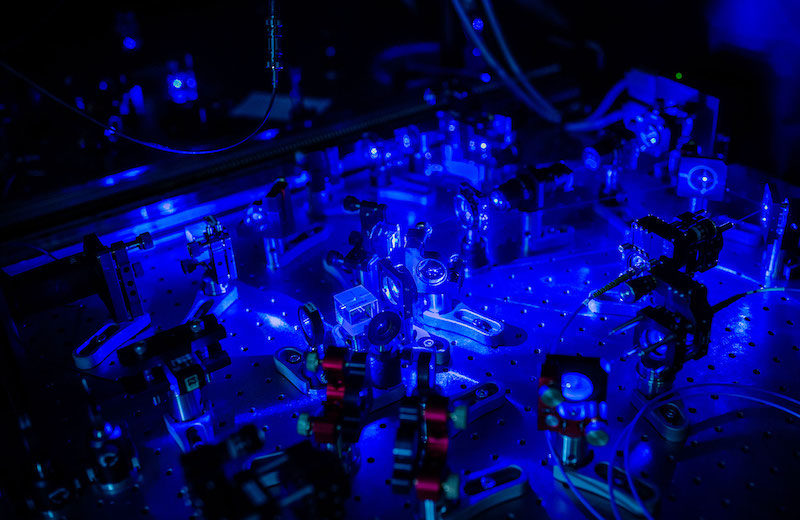
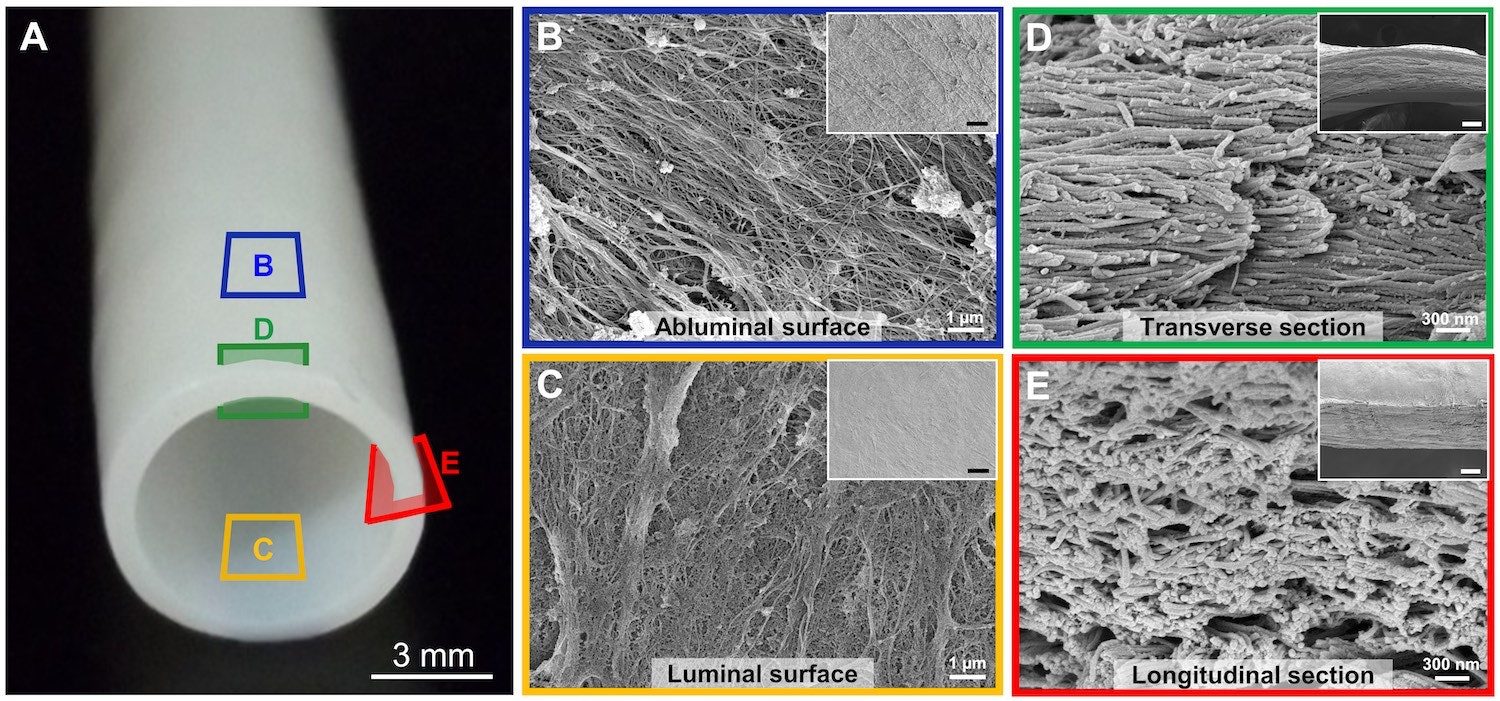


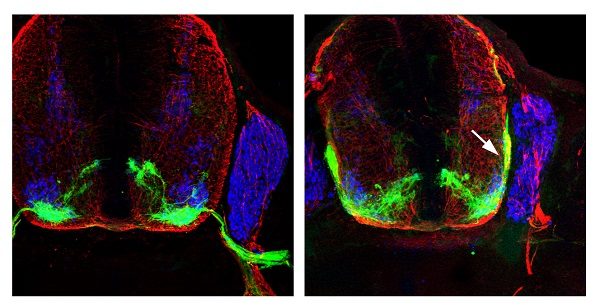
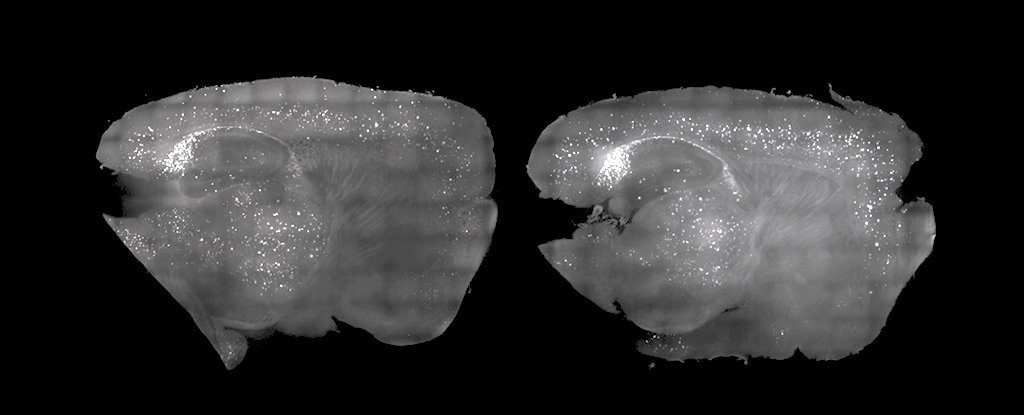
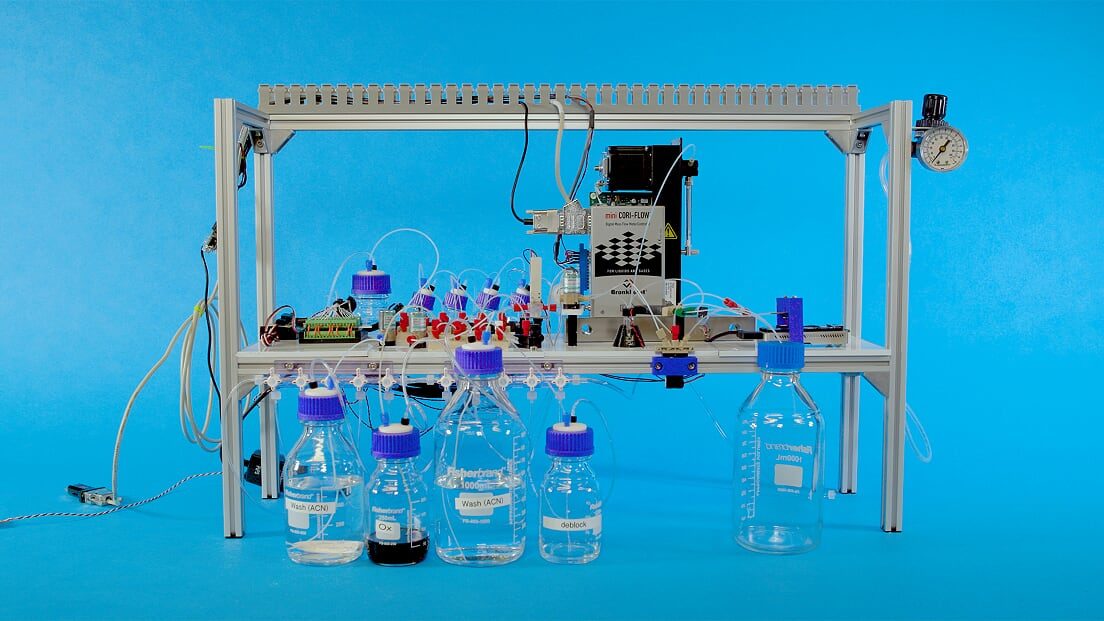


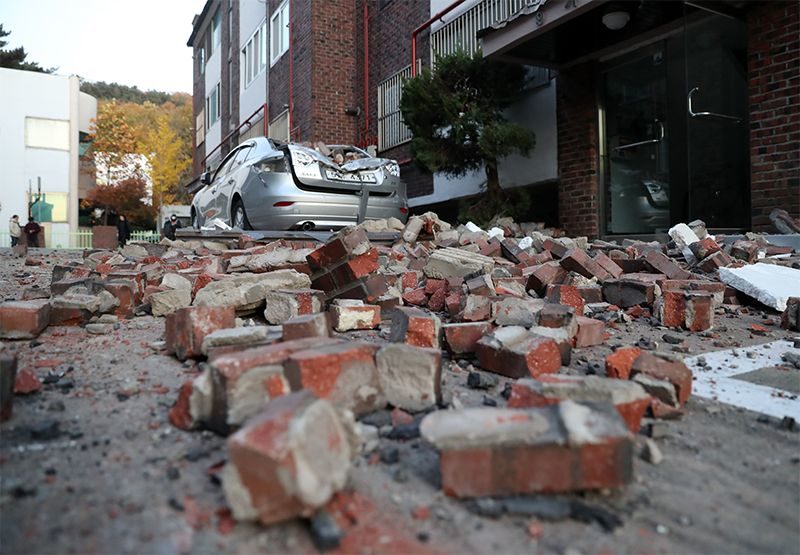



Comment: See the previous two parts here: